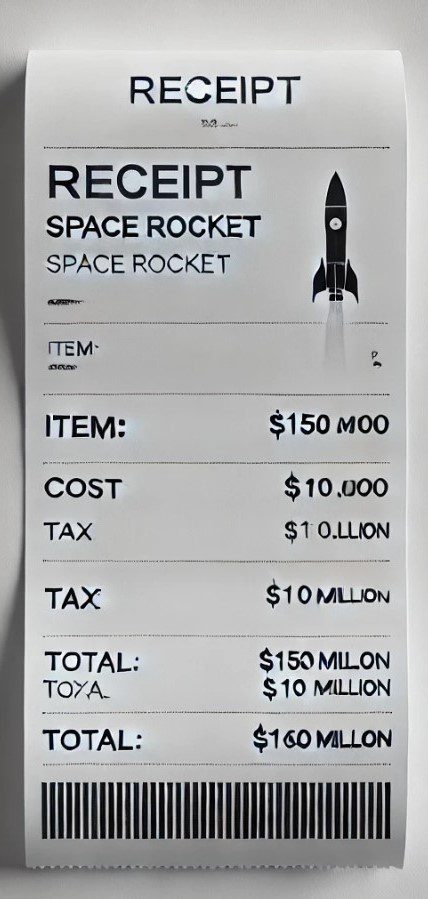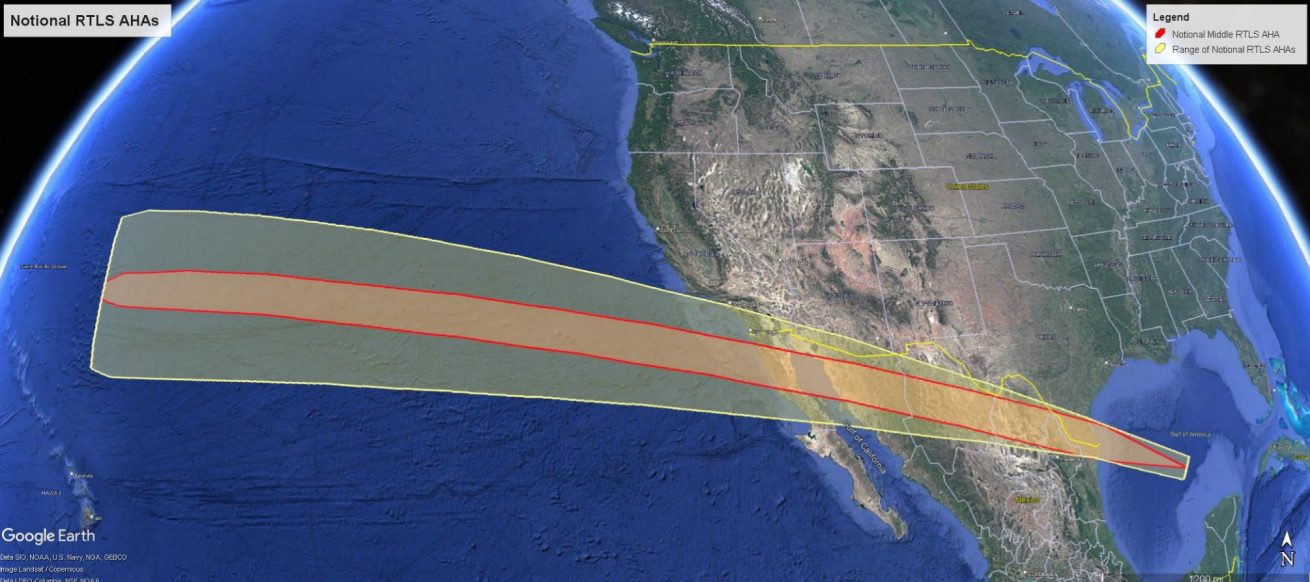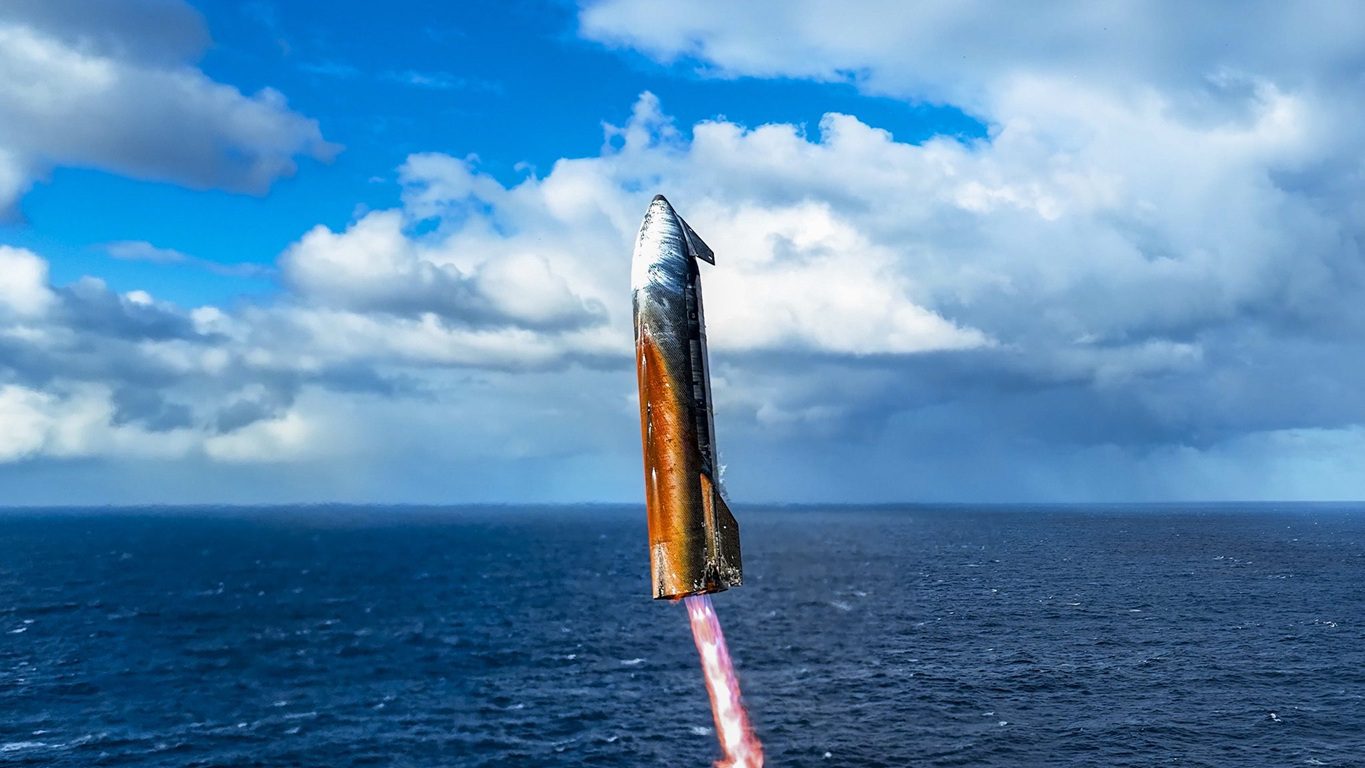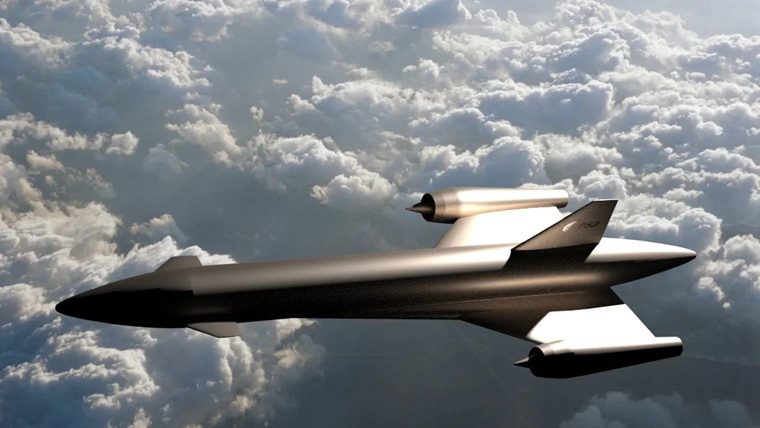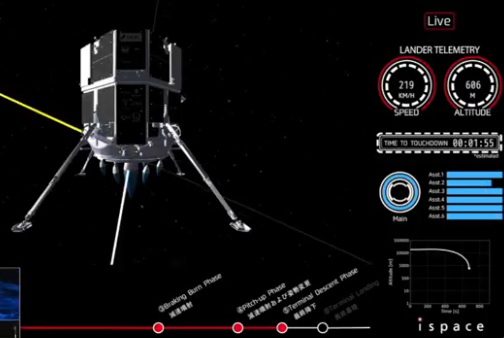On 23 September, SpaceX released a statement explaining the progress they had made in the investigation into the cause of the Falcon 9 “anomaly” in the run-up to the AMOS-6 mission. It stated that “…the Accident Investigation Team (AIT), composed of SpaceX, the FAA, NASA, the US Air Force and industry experts…” had made a preliminary assessment that “a large breach in the cryogenic helium system of the second stage liquid oxygen tank took place.”.
It remains unknown what the cause of this breach was, however, it has been determined that there is no connection to the second-stage anomaly that destroyed the CRS-7 mission in 2015.
On 26 September, the SpaceX company was able to release some good news, namely the successful first test of their next generation methane/liquid oxygen Raptor engine.
The new engine is designed to produce over 3 million Newtons (675,000 lbs) of thrust, and will ideally operate with a specific impulse of 382s. The engine will form the basis of the “Interplanetary Transport System”, previously called the “Mars Colonial Transport”, designed to carry around 100 colonists, plus cargo, to Mars and eventually to other destinations throughout the Solar System. The first-stage of this rocket will utilise 42 Raptor engines, whilst, the second-stage uses nine.

